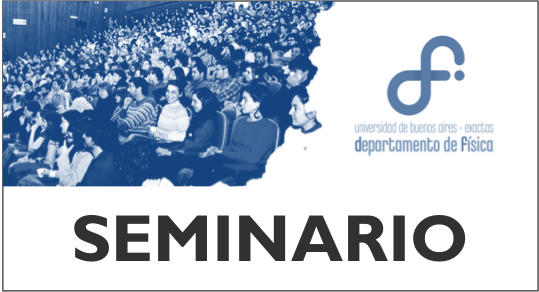Coloquio: Partículas e interacciones fundamentales: ¿por qué supersimetría?
- 18-04-2024 14:00 |
- Aula Federman

Wolfgang Fritzsche.
Viernes 18/9/2015, 14 hs.
Aula Seminario, 2do piso, Pabellón I.
Novel requirements for bioanalytical methods emerge due to trends such as personalized medicine or pathogen detection in environment and food. Here, novel tools for diagnostics are needed, to be used outside of dedicated laboratories and with less qualified personnel, and with minimal costs. Plasmonic nanostructures promise to provide sensing capabilities with the potential for ultrasensitive and robust assays in a high parallelization. Upon binding of molecules, the localized surface plasmon resonance (LSPR) of these structure is changed, and can be used as sensoric readout. Here the use of individual nanostructures (such as gold nanoparticles) for the detection and manipulation of biomolecules (e.g. DNA) based on optical approaches is presented.
Holes in a Cr layer present an interesting approach for bioanalytics. They are used to detect even single plasmonic nanoparticles as labels or to sense the binding of DNA on these particles. This hybrid system of hole and particle allows for simple (just using RGB-signals of a CCD) but a highly sensitive (one nanoparticle sensitivity) detection. Moreover, the binding of a molecular layer around the particles can be detected using spectroscopic features of just an individual particle.
The change in LSPR of individual metal nanoparticles is utilized to monitor the binding of DNA directly or via DNA-DNA interaction. The influence of different size (length) as well as position (distance to the particle surface) is thereby studied using a dark-field approach developed a century ago. The established serial approach is now further developed into a parallel readout using imaging spectrometric sensing based on interferometry and Fourier transformation.